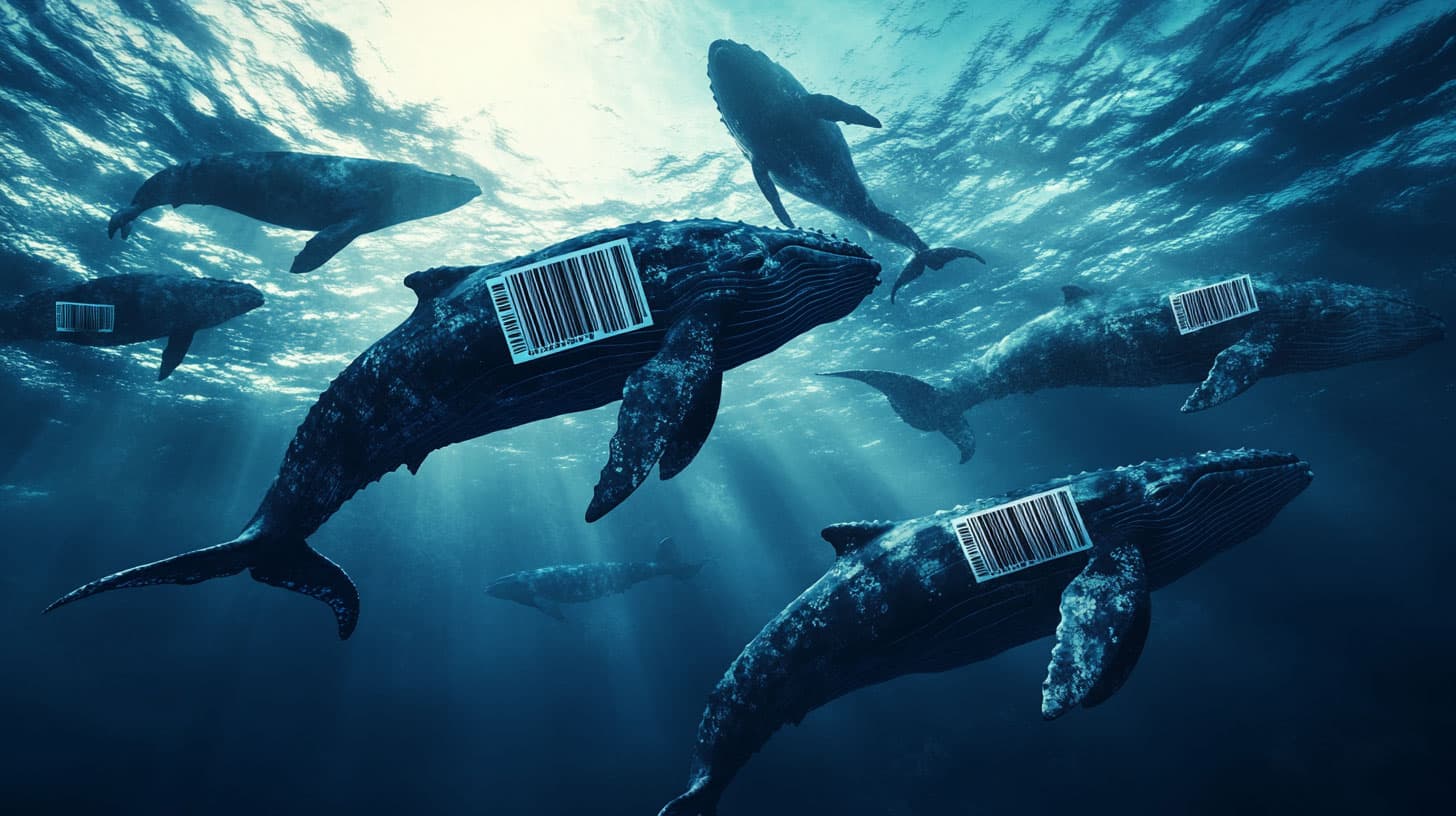
Dr. Ralph Chami PhD, Co-Founder and Director of the Blue Institute, has written a new article setting out his pioneering approach to the further development of sustainable nature-based solutions in the Blue Economy.
Writing for specialist sustainability site illuminem, Dr. Chami and colleagues Thomas Cosimano, Connel Fullenkamp and Dinah Nieburg detailed how a new approach to the valuation of marine assets can have multiple benefits.
Until recently, they write, whales were not considered to have market value – in effect, a dollar sign that denotes their financial as well as intrinsic environmental and ecological worth. Conventionally, natural marine assets only have market value when they are dead – the wood from a tree, the flesh from a fish or the oil or meat of a whale can all be sold – so they can be seen to be ‘worth’ more dead than alive. This thus makes it more difficult to engage the private sector around environmental protection of whales (and broader sector conservation needs), as there is no ‘revenue’ proposition that can make the case for financial investment.
However, the increasing size and urgency of the climate crisis, coupled with the loss of biodiversity, has created the conditions to change that for the better. Science has shown that conserving and restoring natural systems like forests, mangroves, and seagrass can provide 37% of the carbon mitigation needed by 2030. The concept of natural assets now includes both flora and fauna, recognizing the roles of animals like whales, fish, and elephants in climate change mitigation and ecosystem functions. Protecting and restoring nature hinges on the biodiversity and interactions within ecosystems, transforming nature into a valuable "new asset class" crucial for markets.
Thus, by recognizing living nature as valuable assets, we are moving into an era where nature conservation can be integrated into market systems. Dr. Chami and colleagues proposes a six-step strategy to achieve this, including granting legal personhood to natural entities; pricing ecosystem services; creating insurance products; fostering innovation; adjusting company ratings; and encouraging market stakeholders to support nature-positive actions. This approach aims to align economic activities with environmental sustainability, ensuring mutual benefits for nature and humanity.
It is this exciting range of opportunities that led Dr. Chami to co-found the Blue Institute. The Institute is seeking opportunities to put this theory into practice – to protect and conserve natural marine assets by aligning them to new market models that connect private sector resources to a new understanding of environmental assets, for the benefit of all.
You can read the full illuminem article here. To view Ralph’s celebrated TED Talk on similar issues, please click here.
The Blue Institute is currently initiating a range of blue carbon and Blue Economy capacity building projects in various parts of the world. Please contact us if you would like to discuss potential collaboration.
You can also keep track of global developments in blue natural capital and the Blue Economy by following The Blue Institute page on LinkedIn.